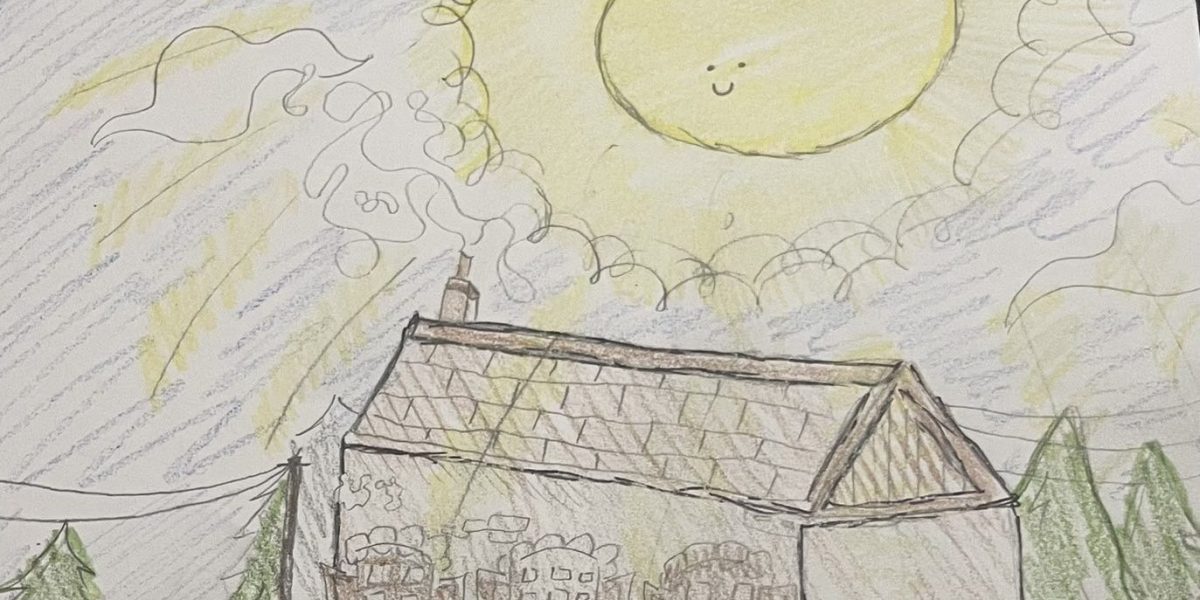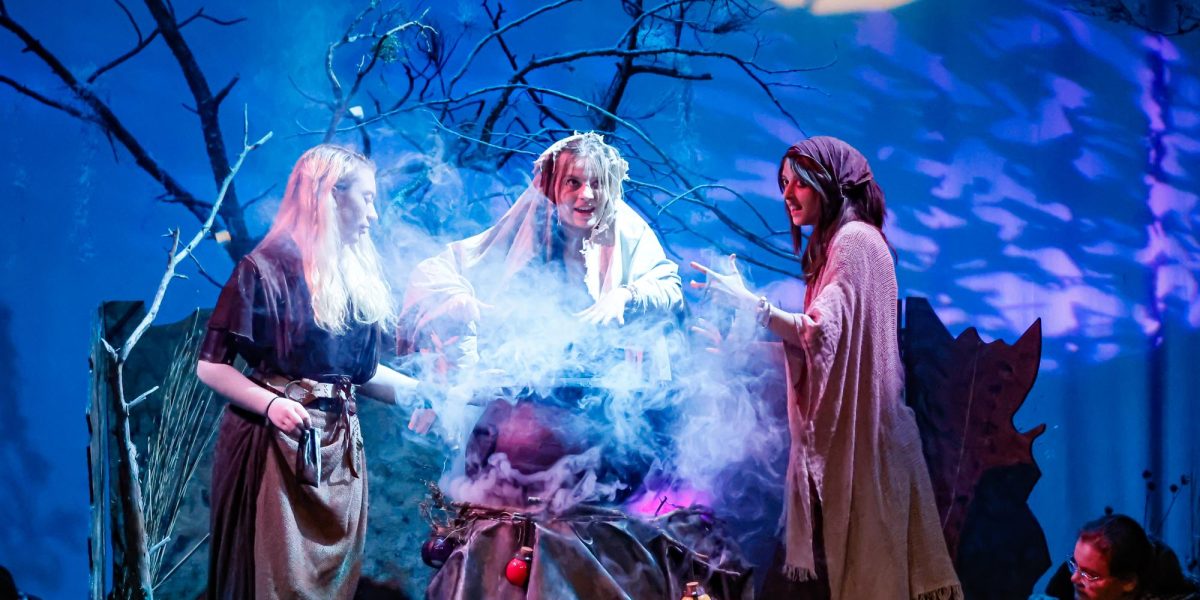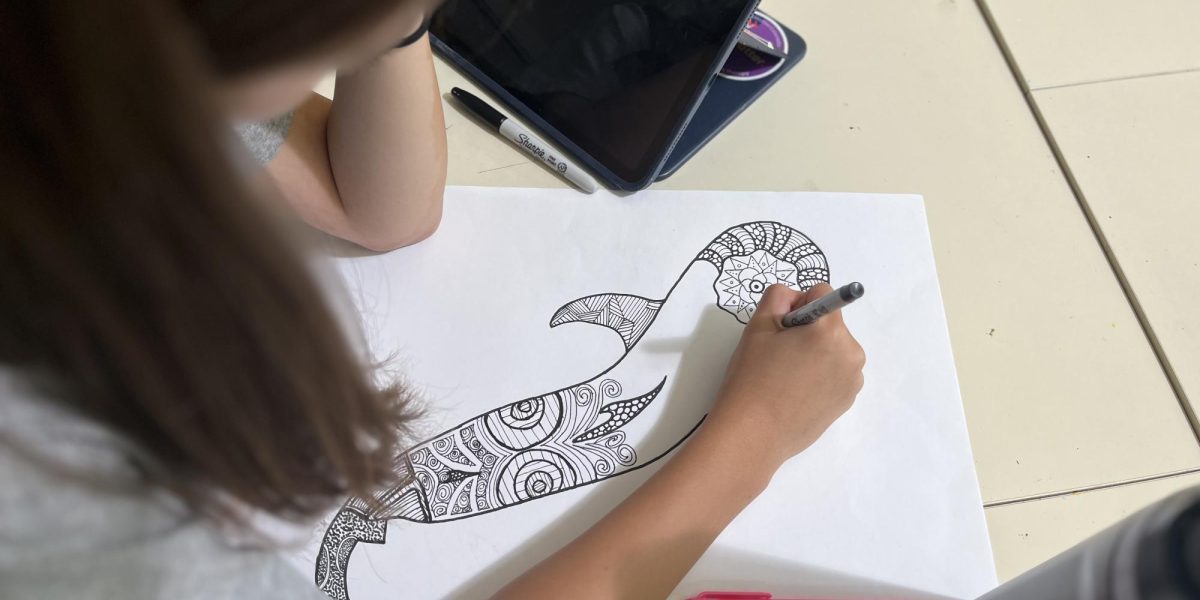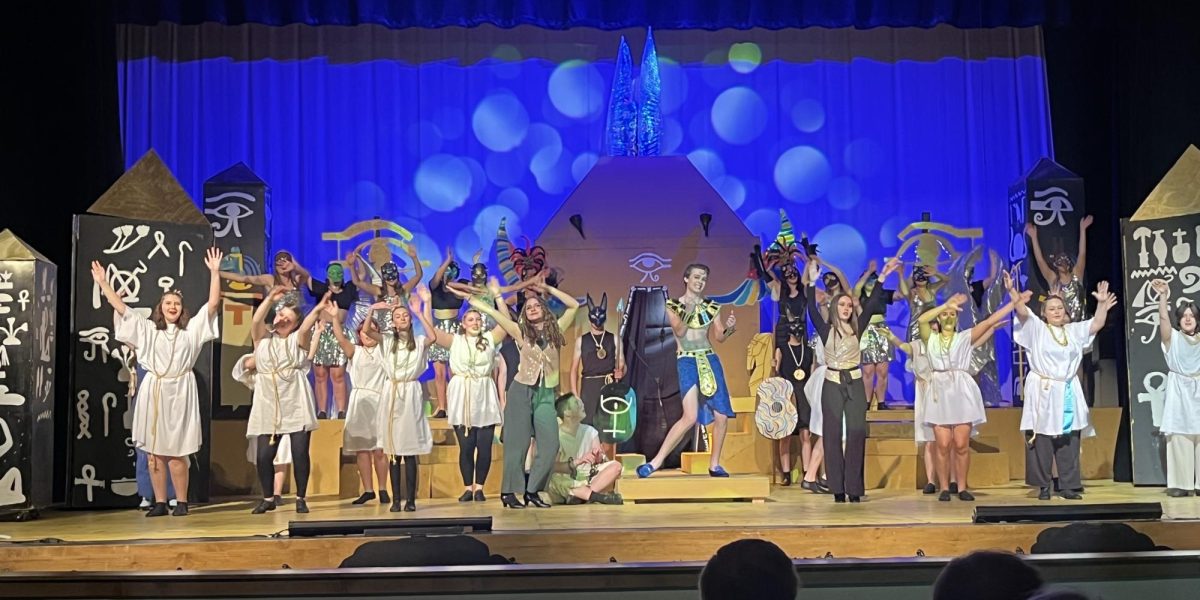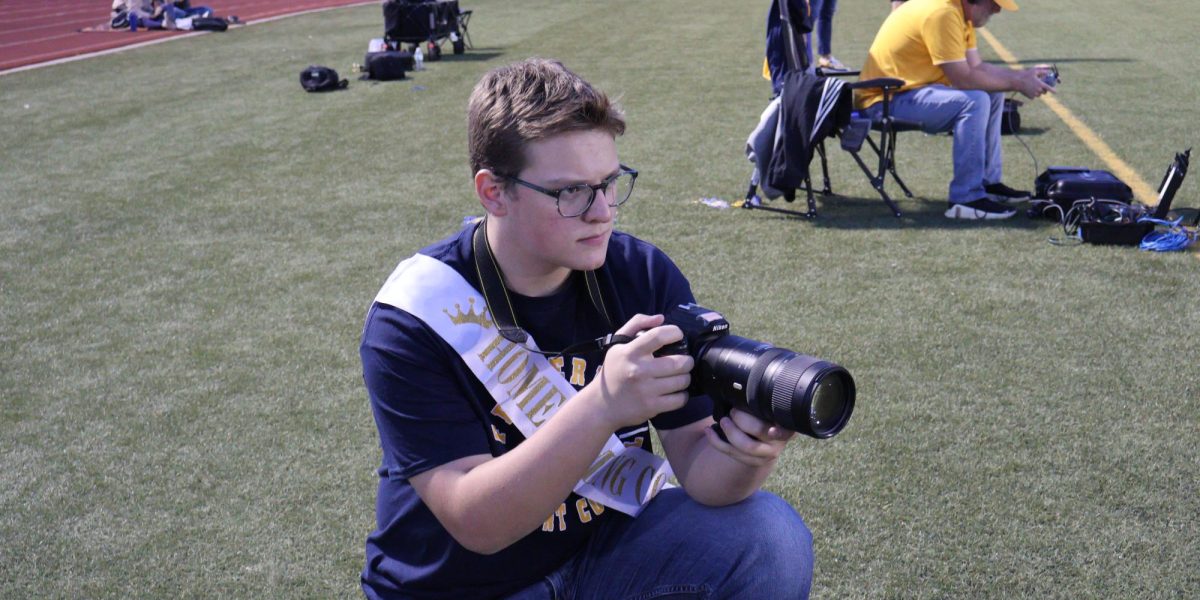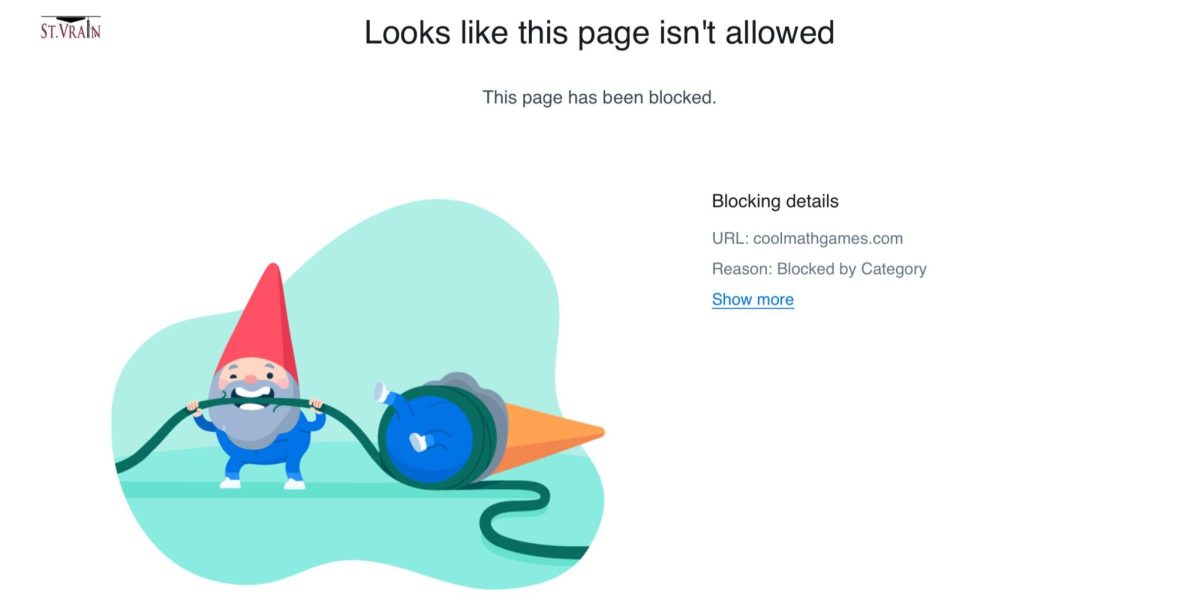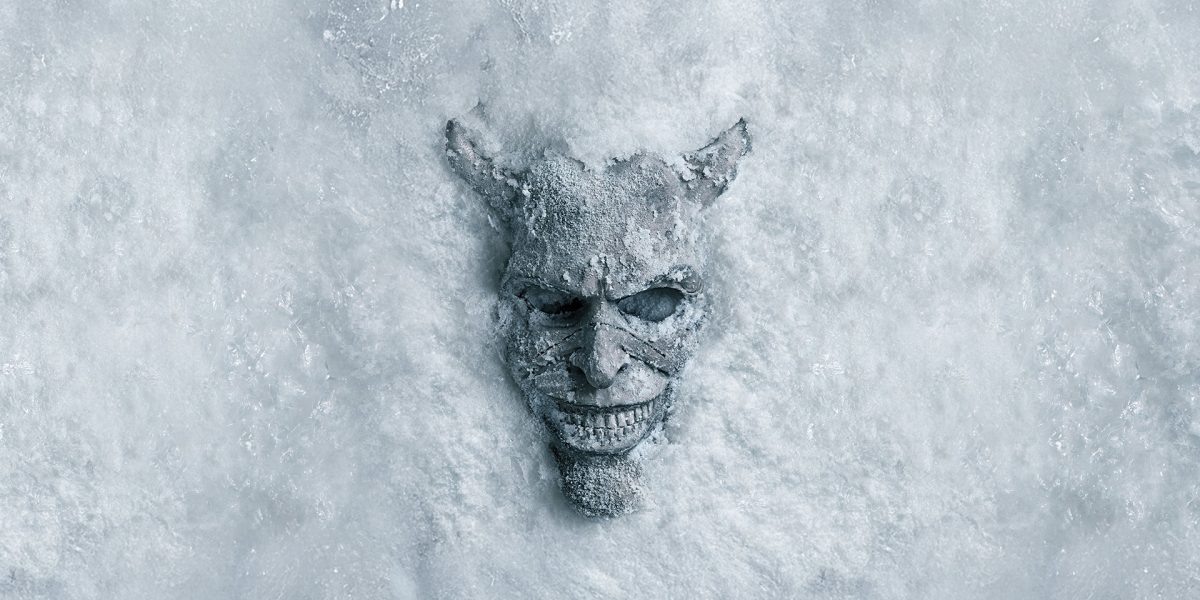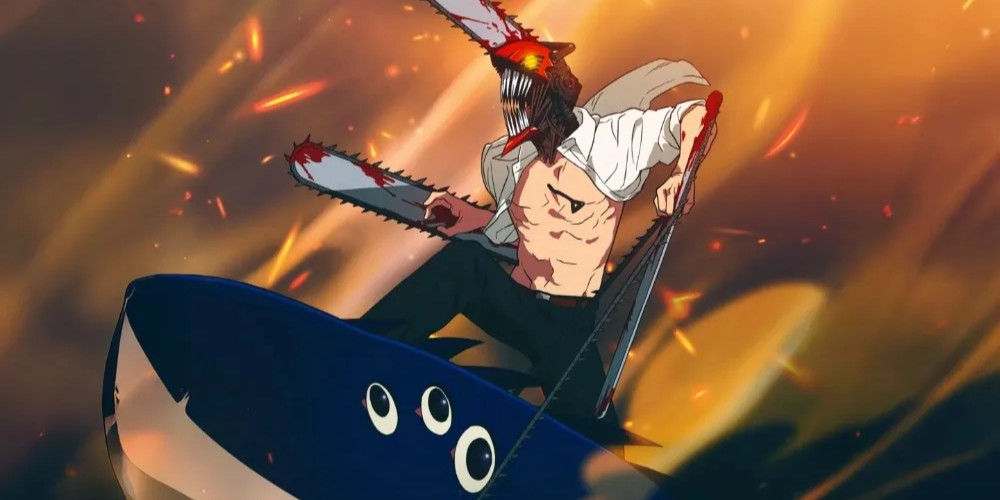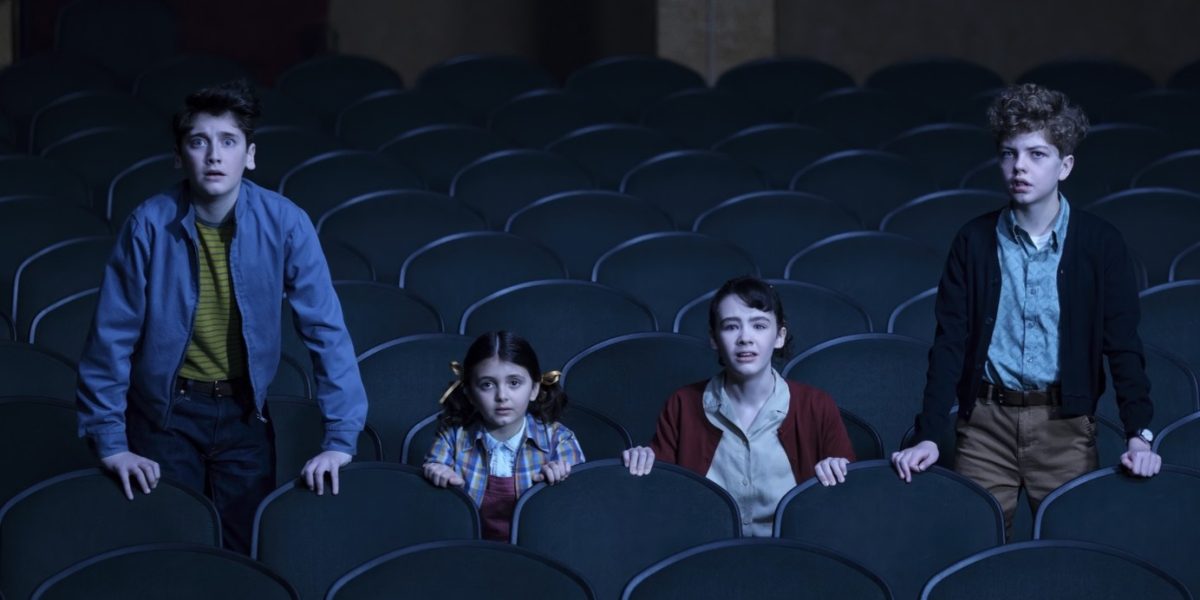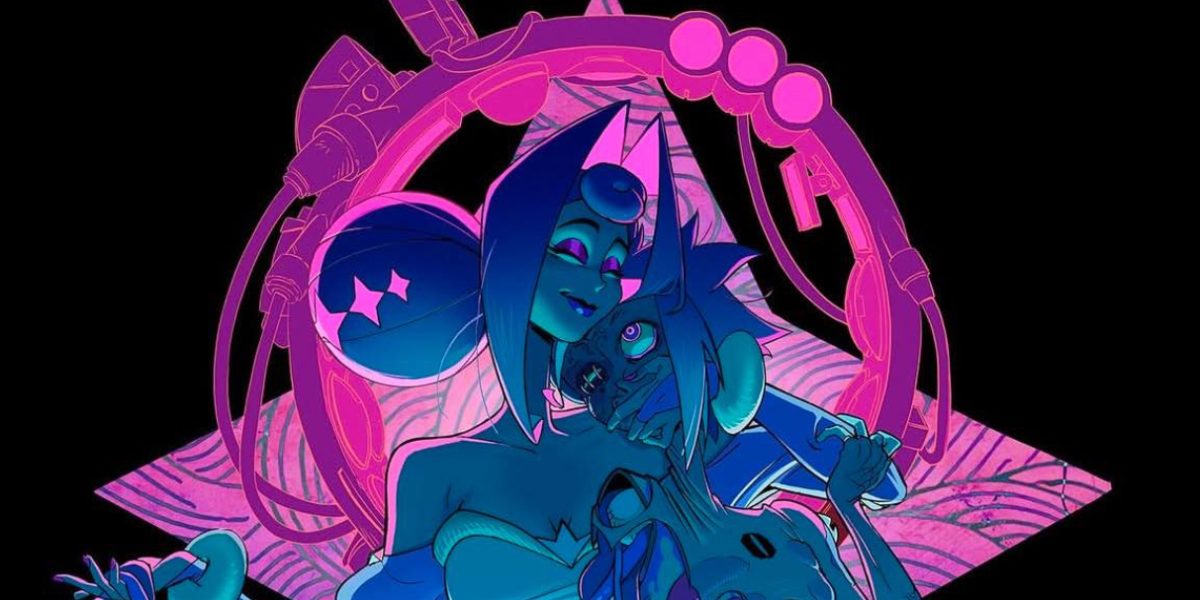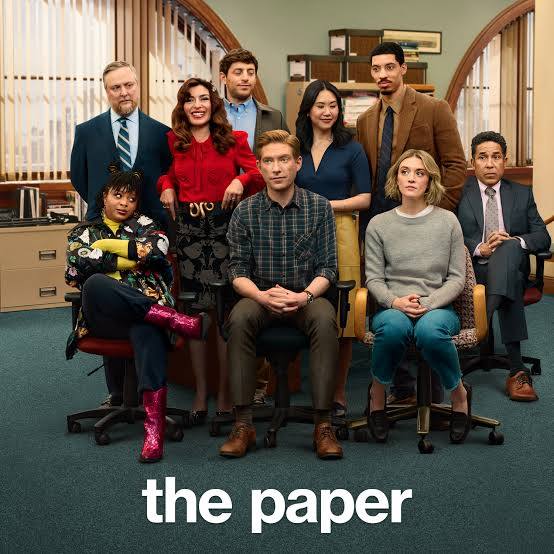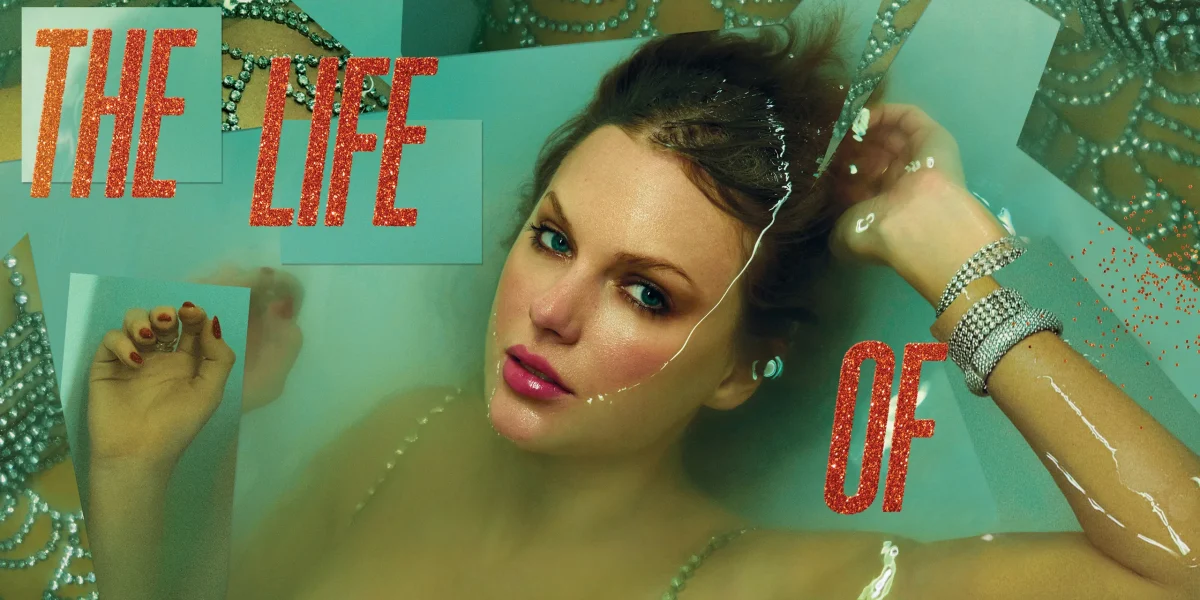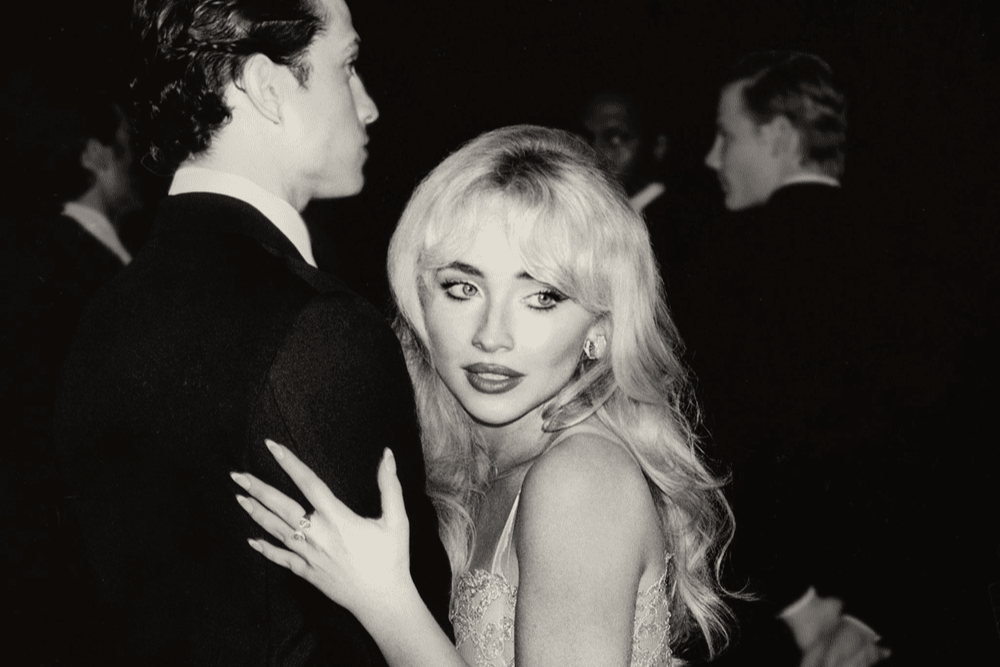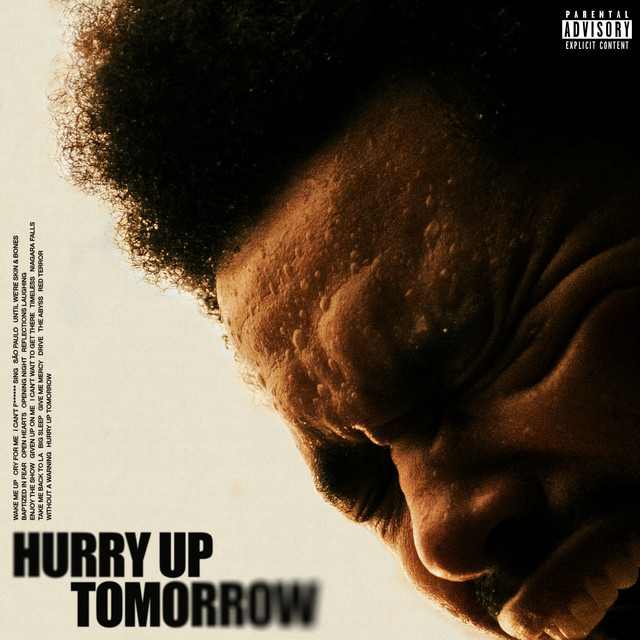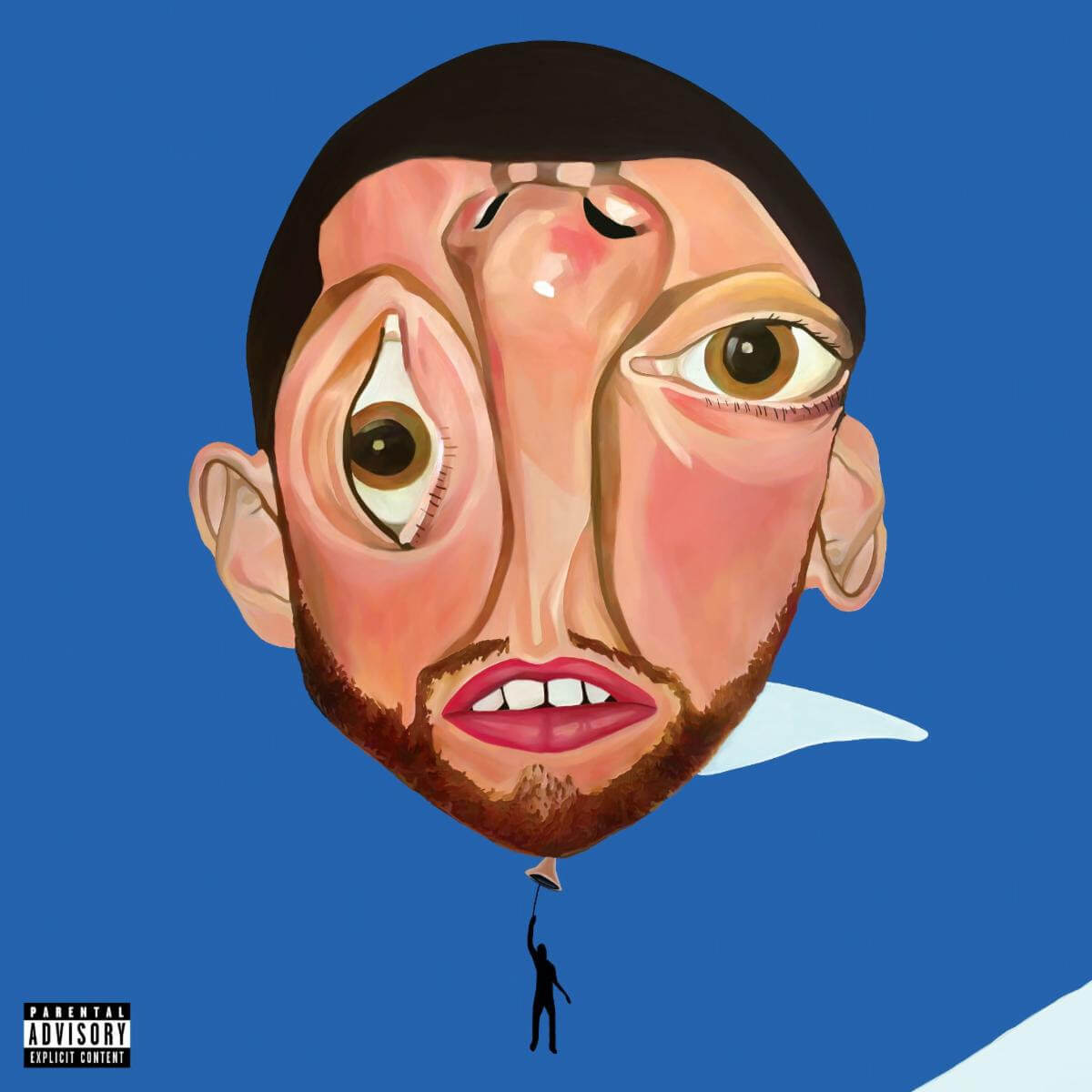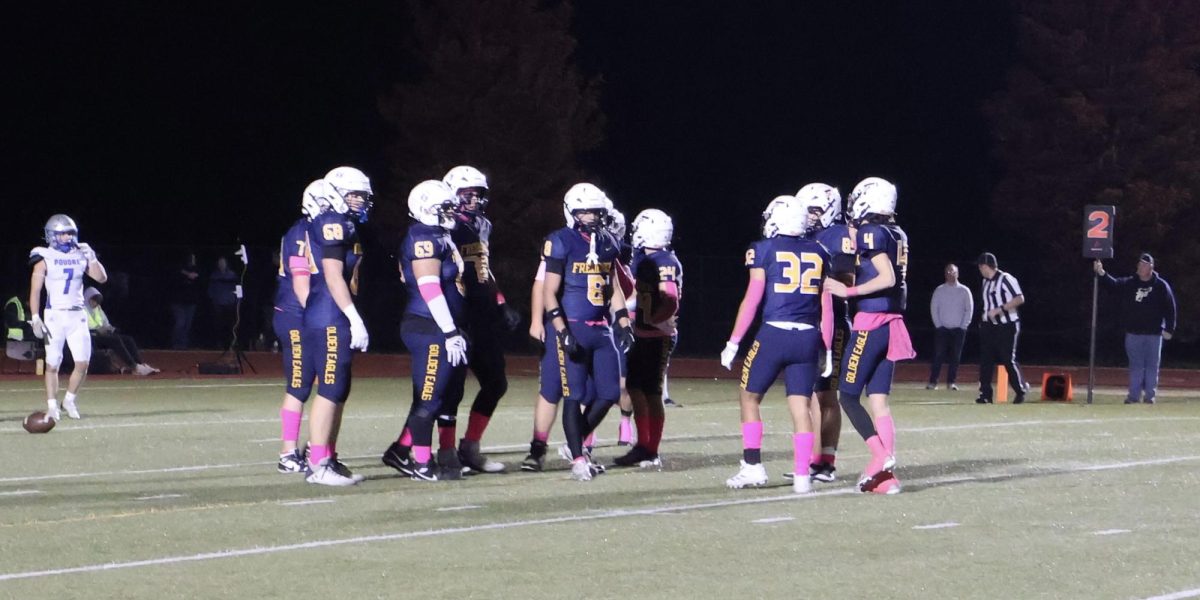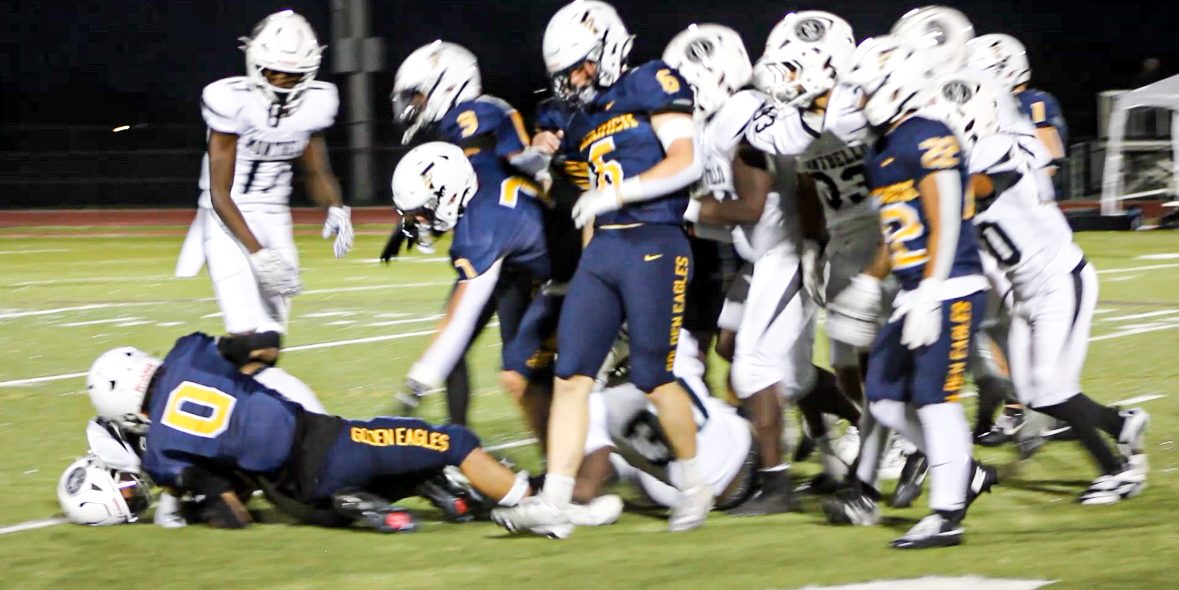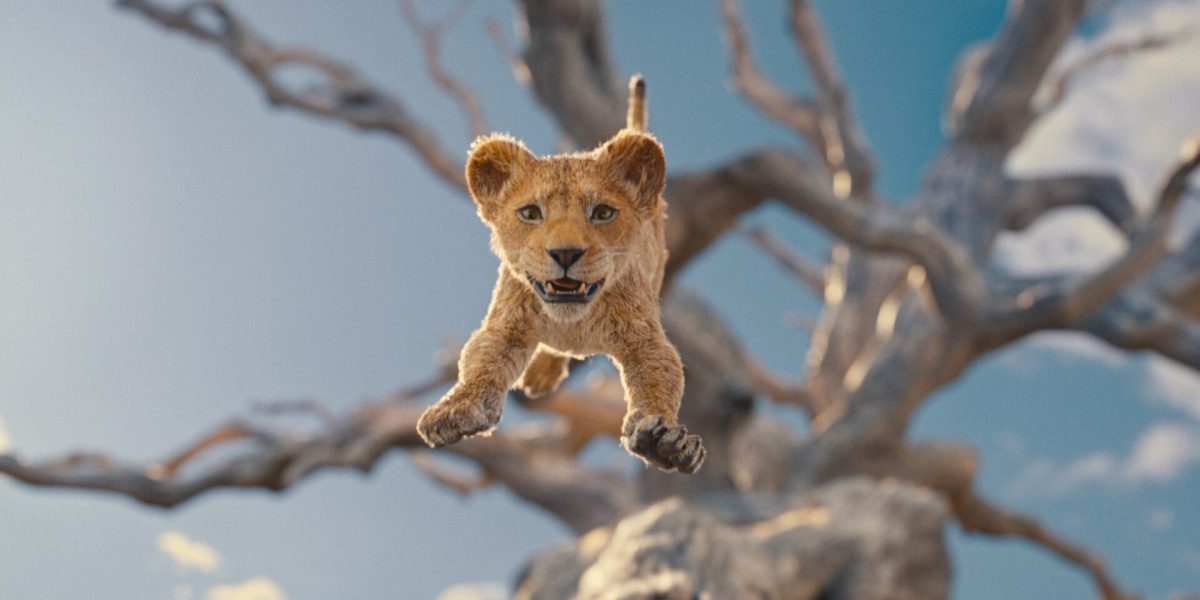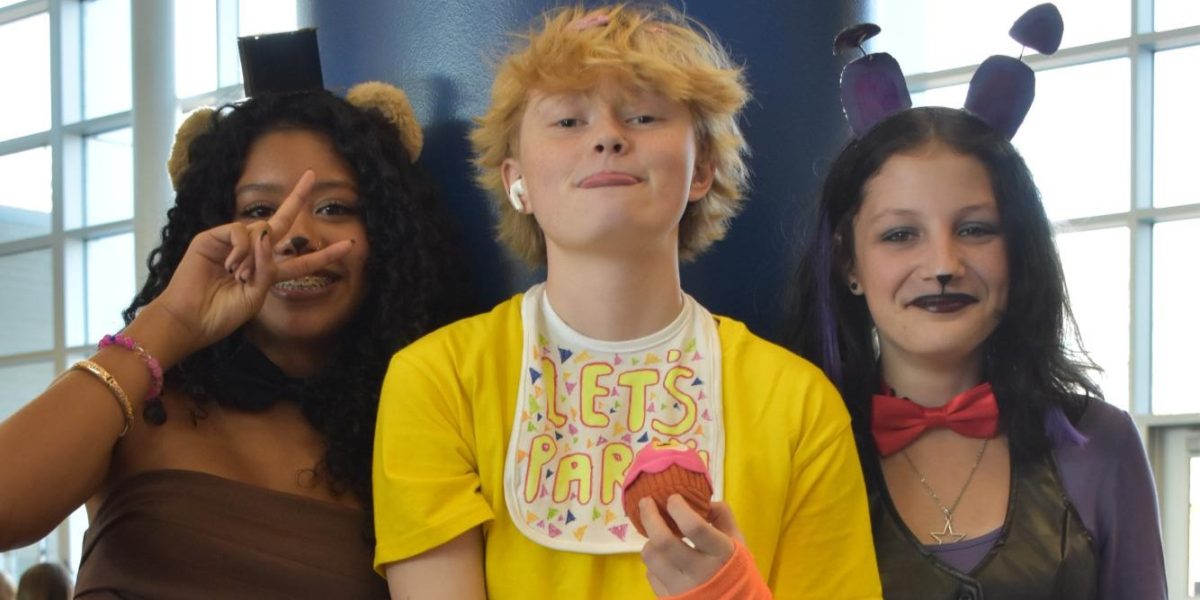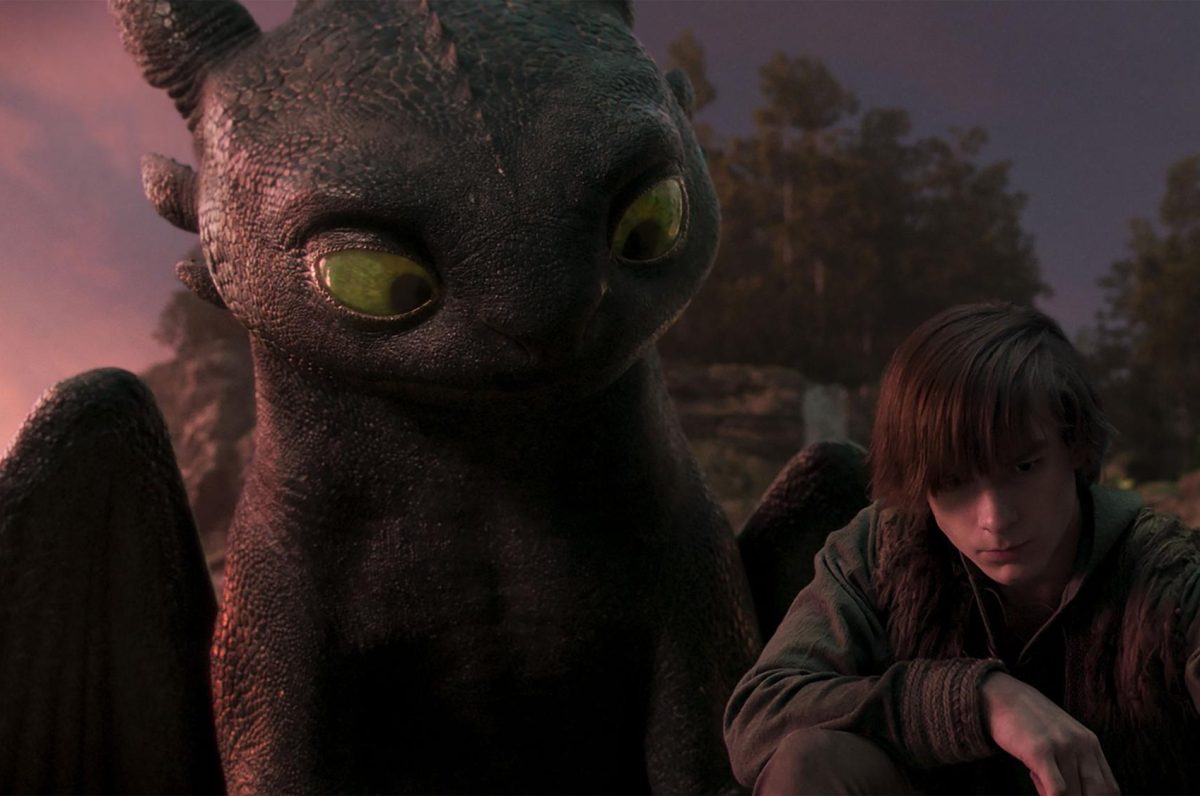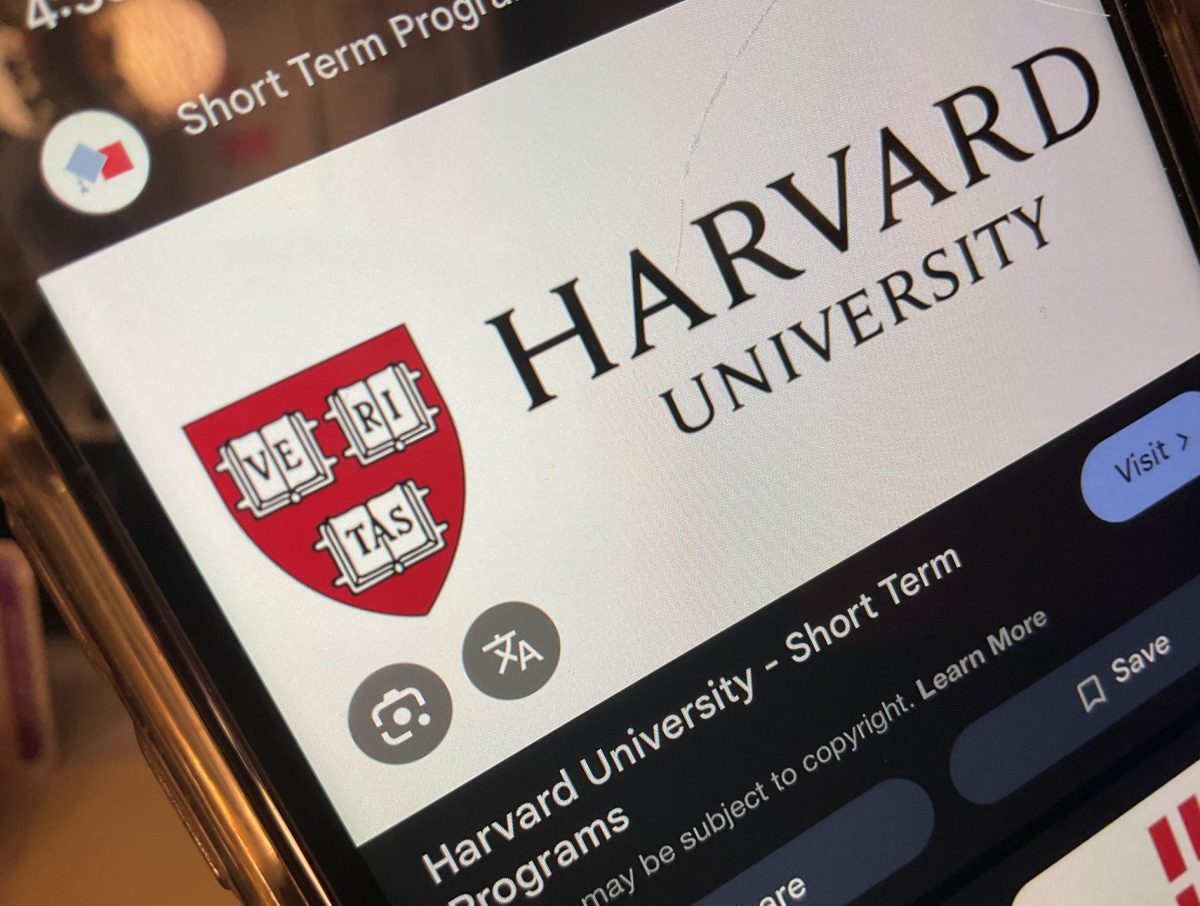Mufasa, the realistically animated Lion King movie, came to theaters on Friday, December 20, and nearly two months later, is still a force at the box office. The movie has earned over $230 million at the domestic box office alone and recently became the tenth movie in 2024 to earn over $200 million domestically. The movie is now one of the highest-grossing Disney movies ever. This is more an accomplishment for the Disney brand than the film itself: while the movie does a lot right, its paint-by-numbers storytelling and lackluster songs make it another of Disney’s less memorable offerings of the past few years.
Despite being a sequel, Mufasa still includes the same characters as the first Lion King. Simba has started a family with his wife Nala, and he now has a daughter named Kiara. Together with Timon and Pumba, they tell the story of Simba’s father Mufasa to the grandchild he never got to meet. This framing device is the worst thing about the film, as it consistently pulls the audience out of the story for no real reason. Clearly, the only reason Timon and Pumba are in the film is so the Disney marketing can use the popular characters to promote the film, which is a terrible excuse for making a film less effective.
The story itself outside the framing stands on solid but predictable ground. Mufasa starts as an orphaned lion and meets a lion named Taka, the heir to a royal lion bloodline. Mufasa and Taka quickly become best friends, go on a journey to search for their destinies, get challenged by an enemy of the royal line, and end up becoming enemies by the end. Along the way, Mufasa meets Zazu and Rafiki, characters central to The Lion King with an ambigious origin story, and falls in love with Sarabi. Unsurprisingly, Taka and Mufasa fight for Sarabi’s heart, driving a further wedge between them.
If the original Lion King was inspired by Shakespeare’s Hamlet and its sequel inspired by Romeo and Juliet, Mufasa contains shades of King Lear and Othello. The story of friendship and betrayal is an old one, but Disney brings some freshness to it. The enemy royals Mufasa and Taka must fight are white lions, something uncommon to see in Western stories but are common in anime (including the anime that the first Lion King allegedly ripped off). The ending also sees Taka-turned-Scar embraced and respected by Mufasa instead of vanquished or banished—while this is a novel decision, it serves more to set up The Lion King than to do something different.
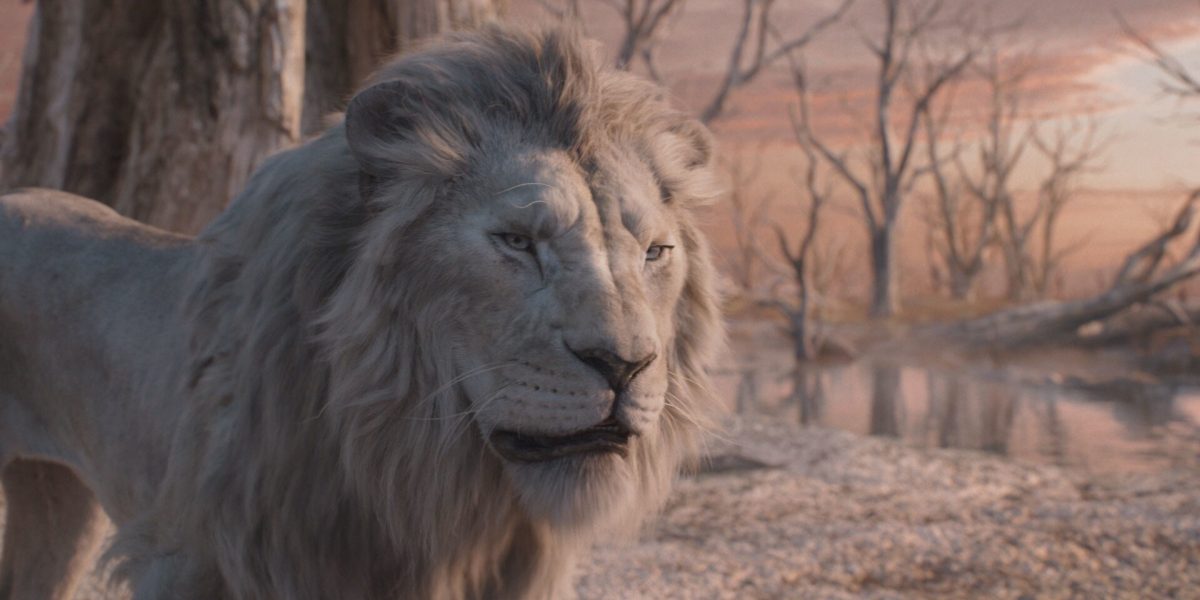
Still, predictable doesn’t mean bad. The voice acting in this movie is good, and it’s clear that the actors put in a lot of effort to portray the emotions of their characters. While the CGI-animated animal faces didn’t always convey the emotion, the vocals really sold the characters. The CGI and animation were also exceptional, and nothing looked unrealistic. Like with the first movie, it feels wrong to call this an animated film, but given that nothing was actually shot for the movie, it’s entirely CGI.
Like the first film, Mufasa is a musical with seven songs by Lin-Minuel Miranda. The music is strong, with pieces that echo the songs of the original in tone and meaning. However, not a single song is memorable enough to stick in a viewer’s head. Some of the songs, especially “I Always Wanted a Brother,” have made a splash online and may become classics after tons of repeat viewing; however, the average audience member will find the music fun, pleasant, and ultimately forgetable.
Mufasa is definitely worth the money and is worth watching in theater for those that enjoy these kinds of movies. This movie best fits kids around the ages of three to twelve because the movie is very targeted for children. While it may not become a new classic among Disney’s huge stable of hits, Mufasa has enough going for it that it deserves the attention it’s getting.

